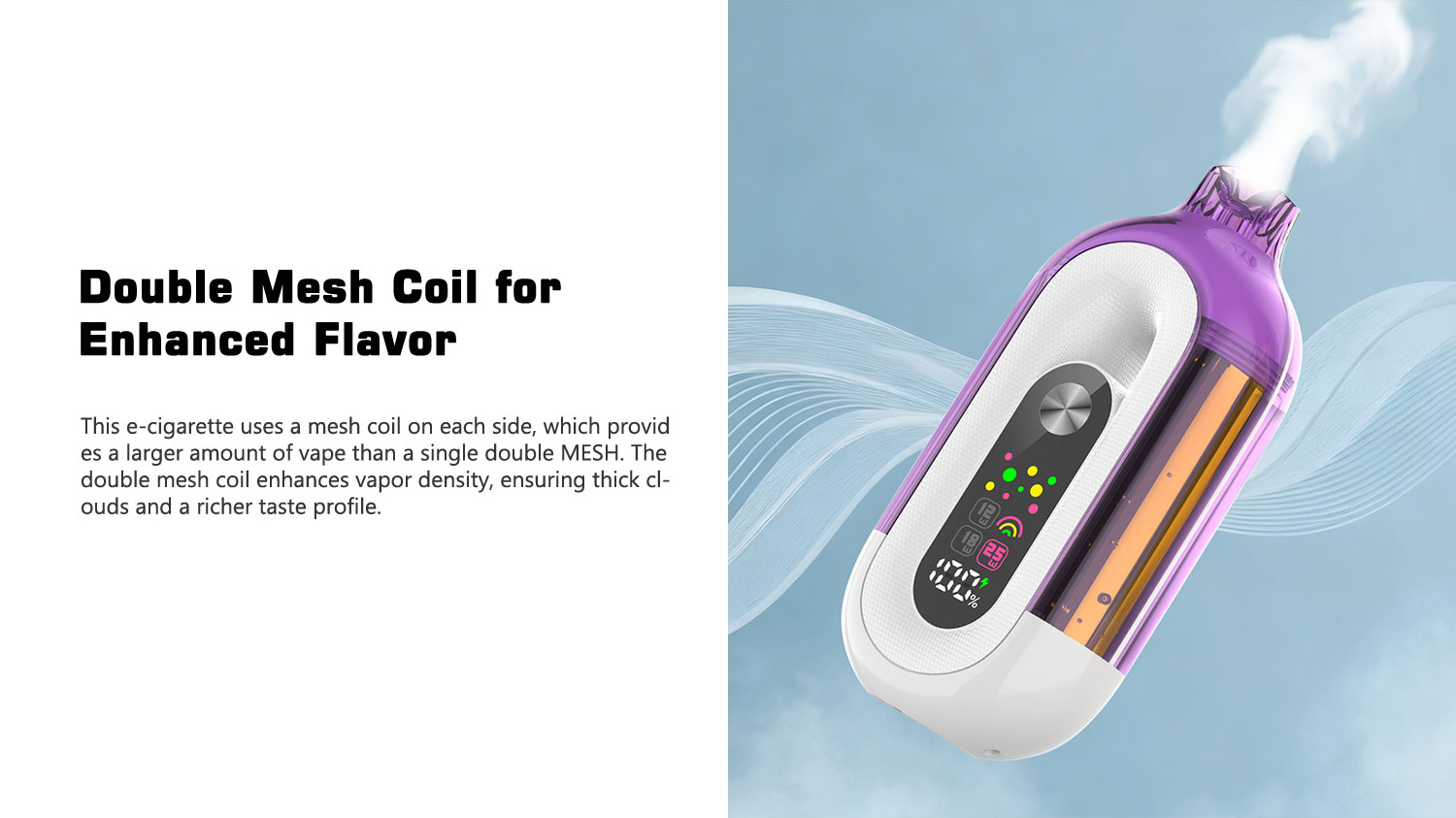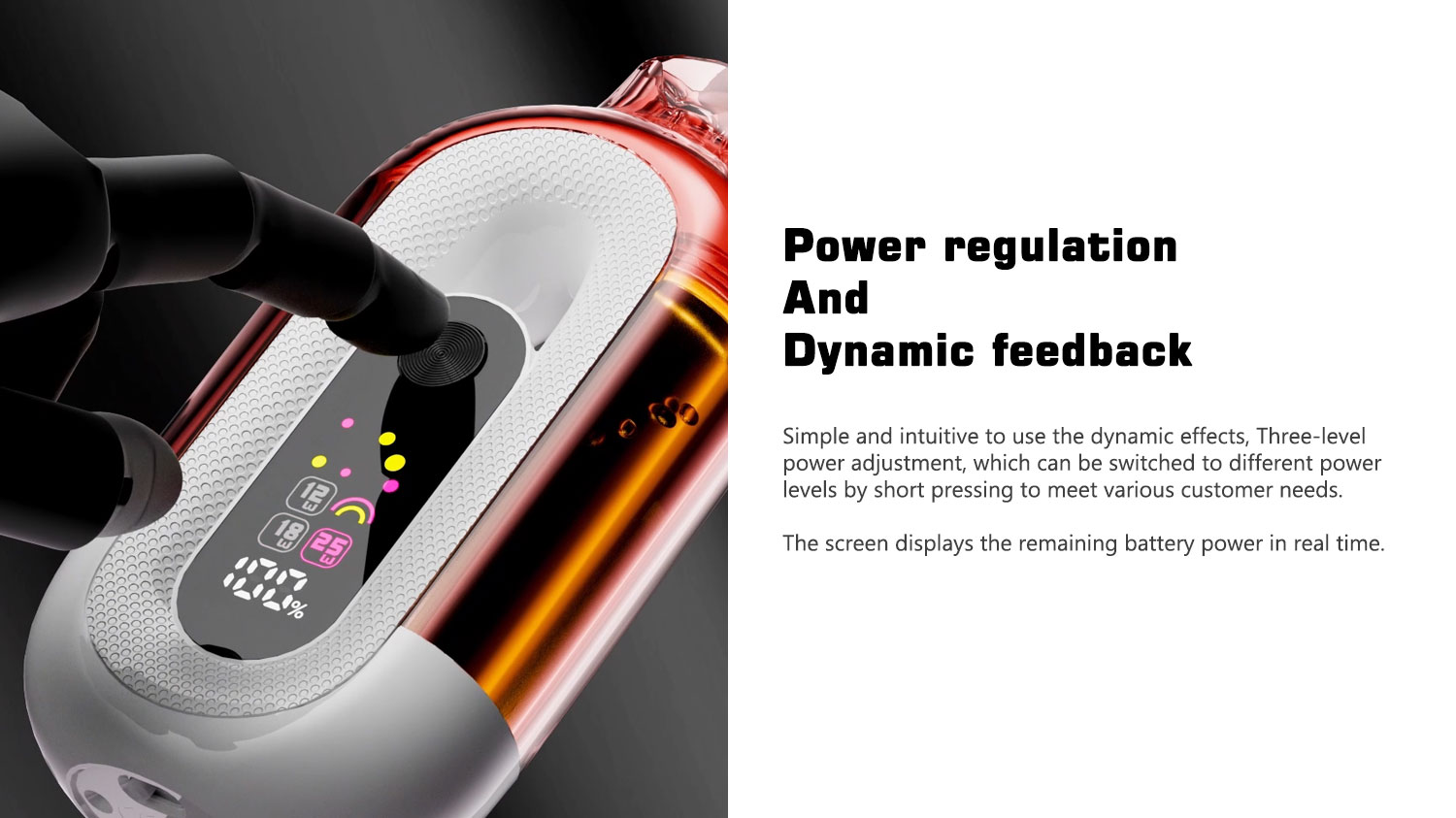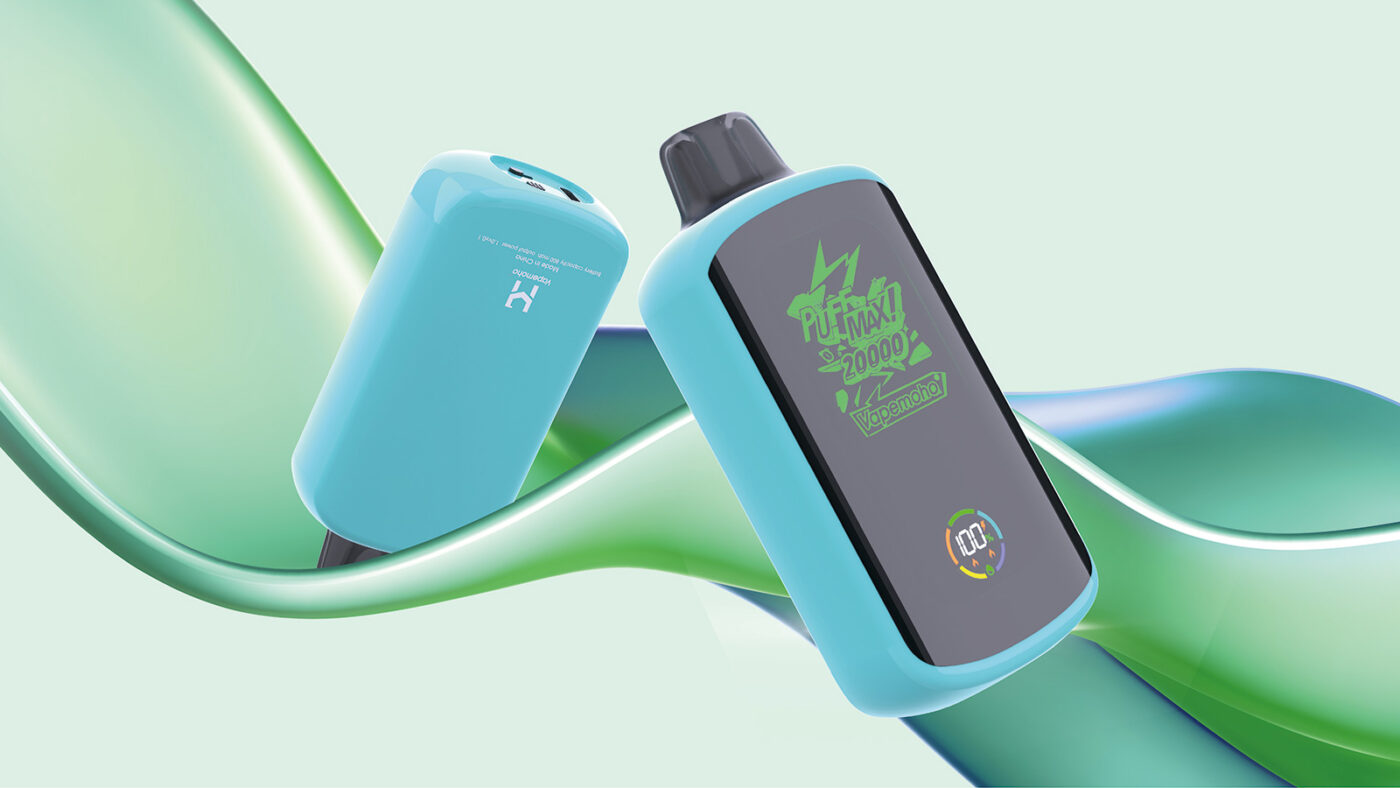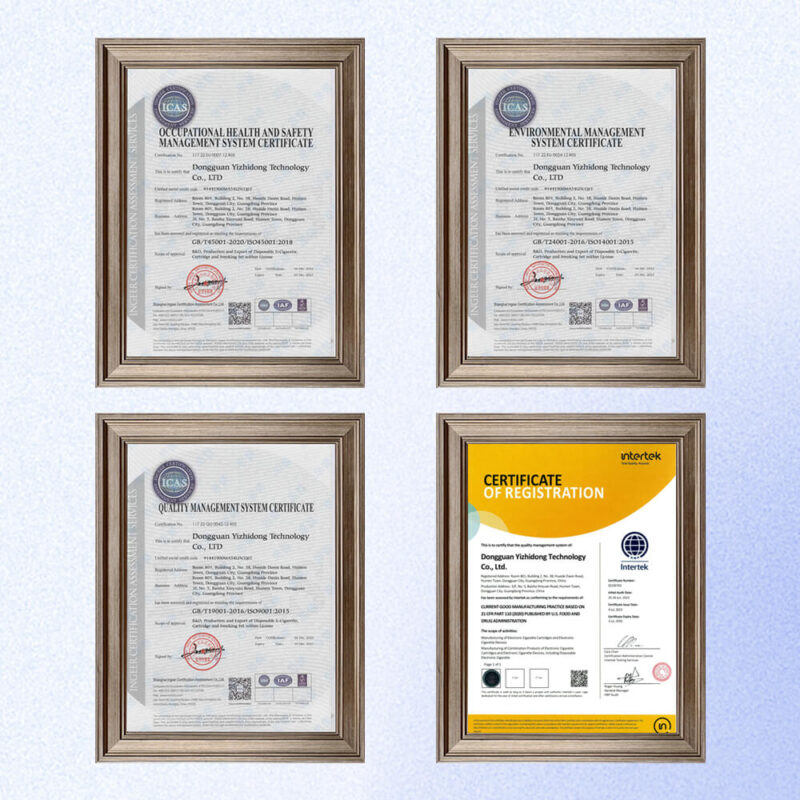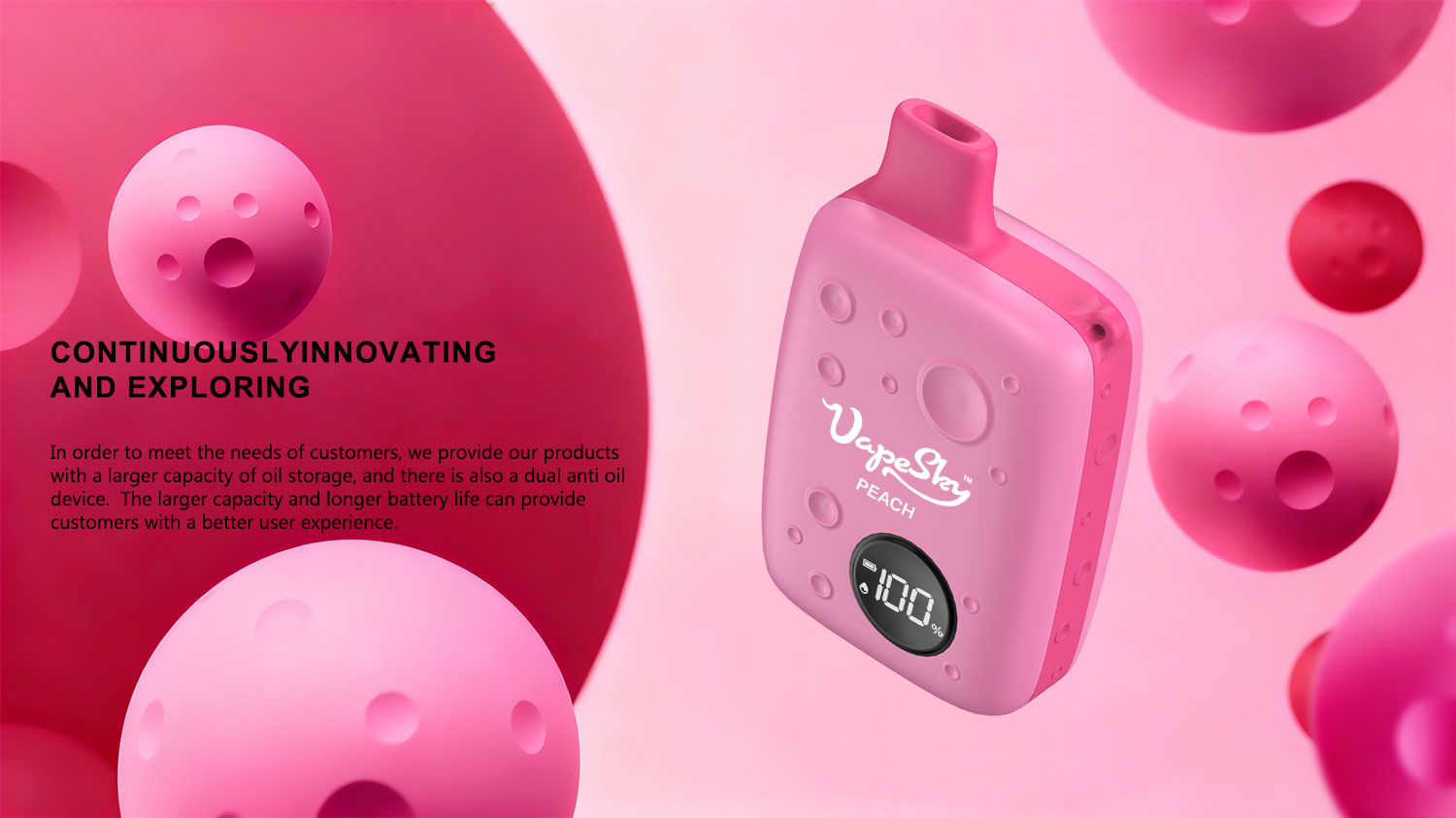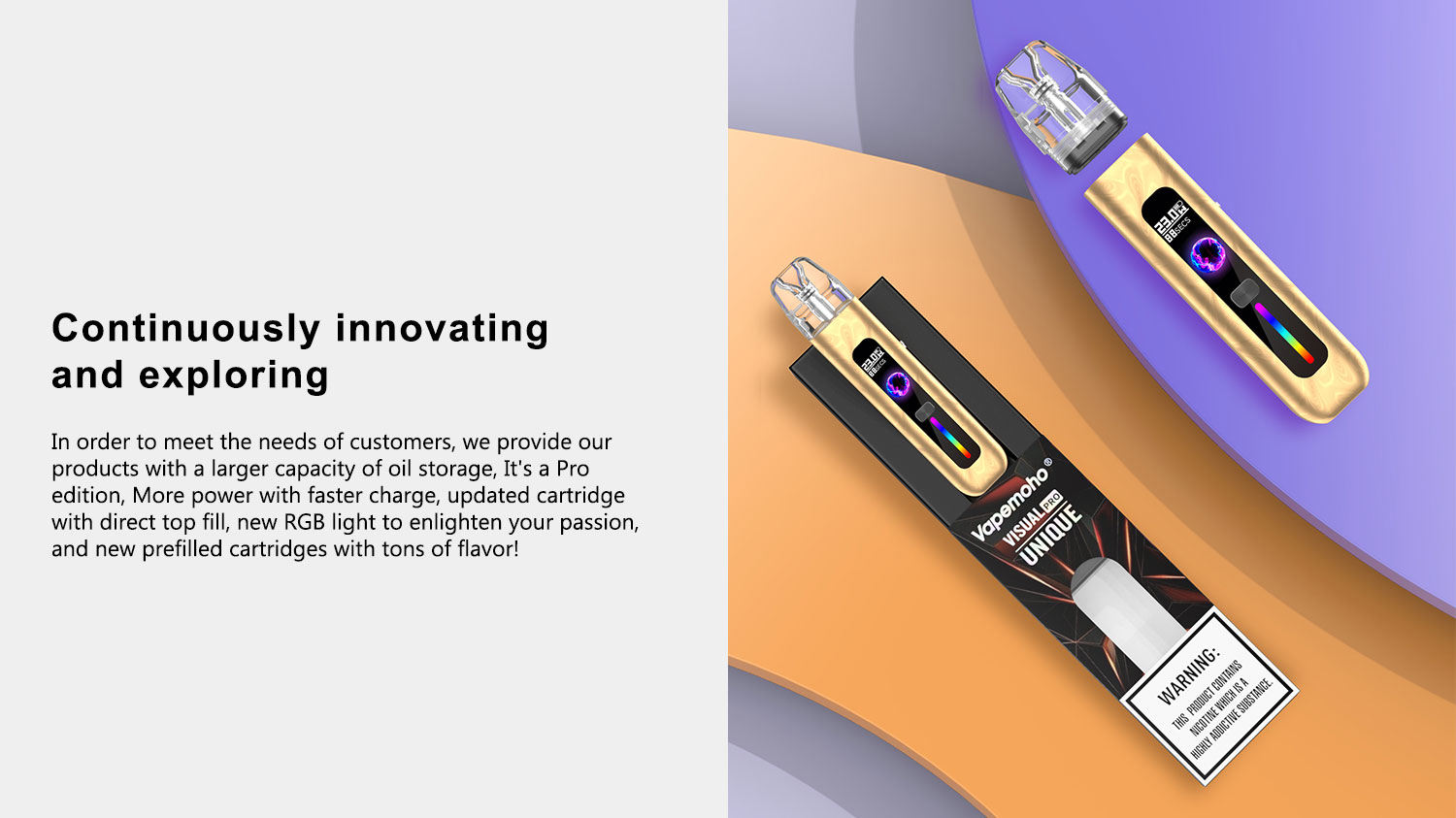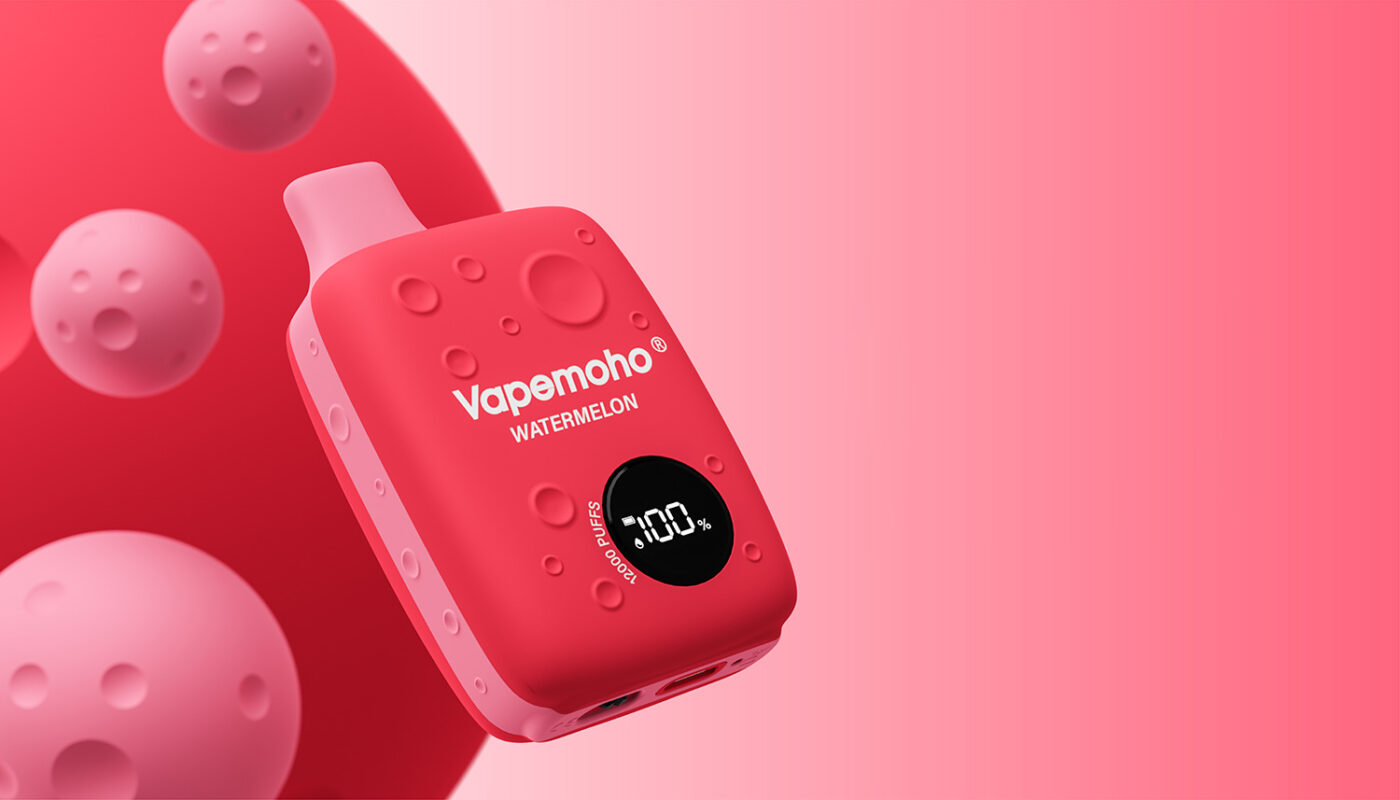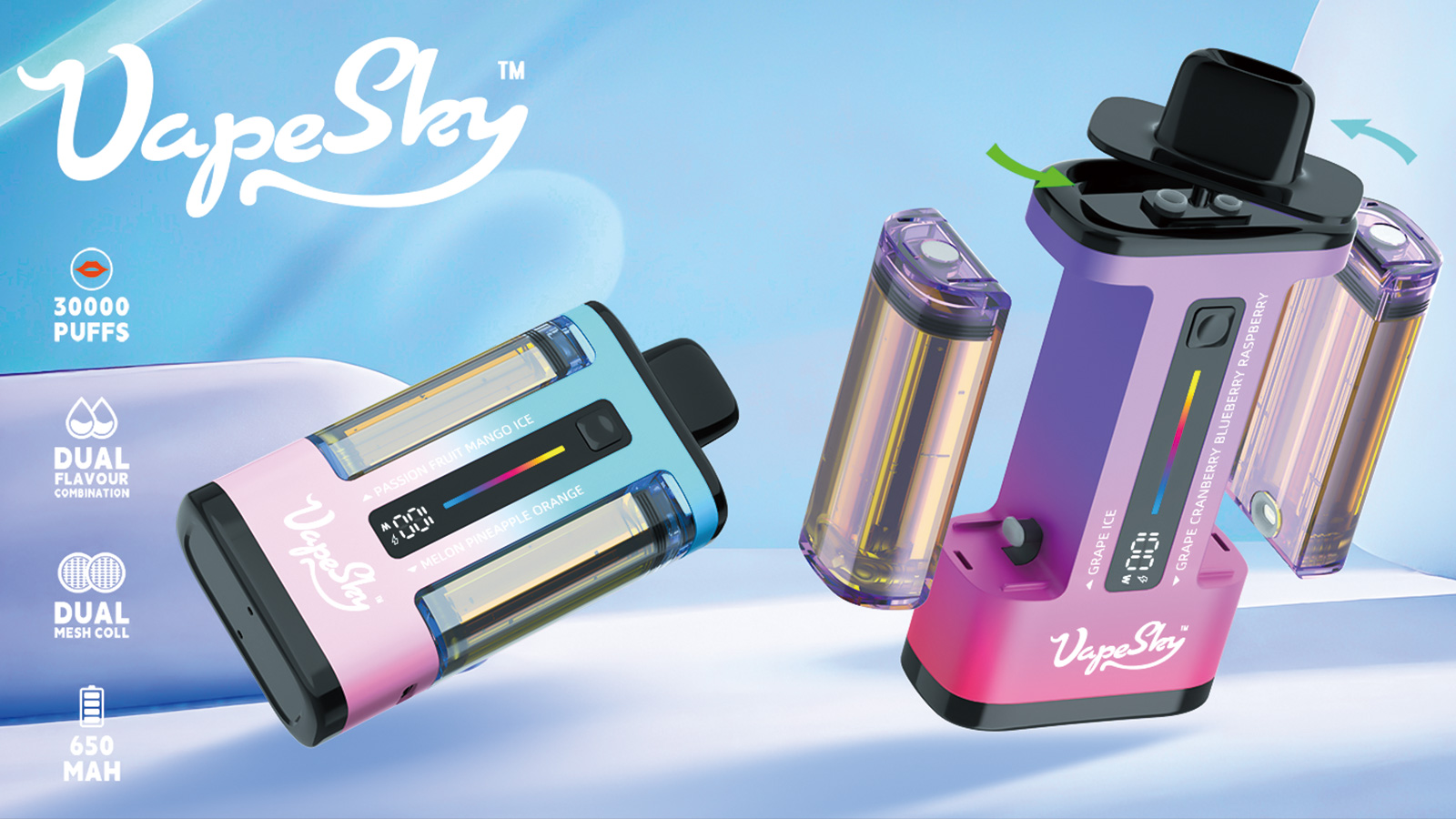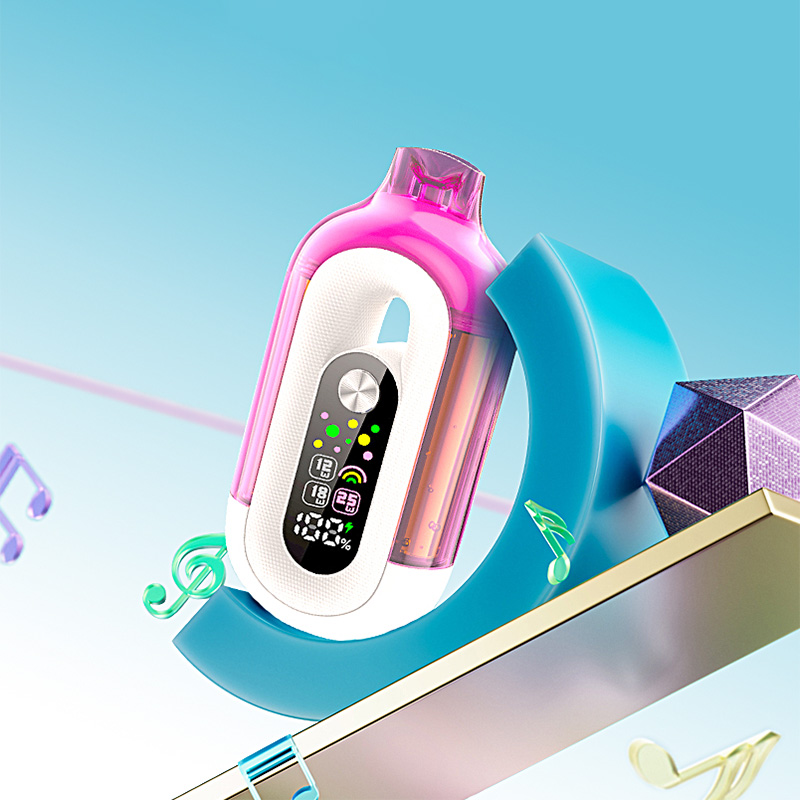As global e-cigarette use skyrockets, a silent crisis is growing: the waste from these devices. Every e-cig contains lithium-ion batteries and mixed plastics—materials that don’t disappear quietly. But where do these components end up when users toss vapes in trash cans, flush them, or abandon them? The answer reveals a huge gap in modern waste management.
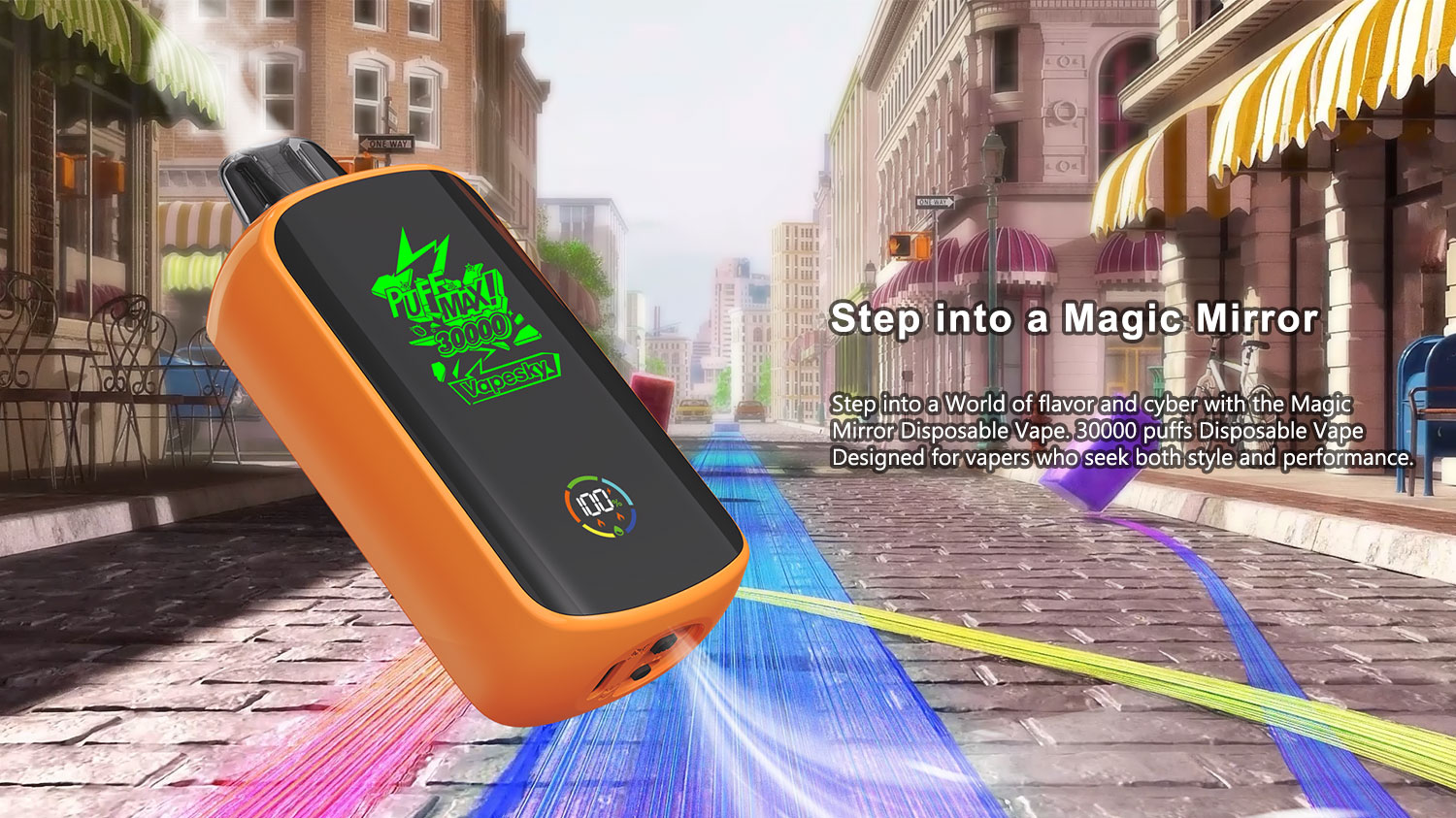
The Hidden Journey of Batteries
First, lithium-ion batteries—critical for e-cig function—pose severe risks when mishandled. Most end up in landfills, where punctures or heat can trigger fires; for instance, landfill operators report a 30% rise in vape-related blazes since 2020. Worse, as these batteries degrade, they leach heavy metals like cobalt and nickel into soil and groundwater, which contaminates ecosystems for decades. Only 5% of e-cig batteries get recycled, far below the 30% rate for smartphone batteries. This low rate happens because e-cig batteries are small and lack standardized recycling labels.
Plastics: Slow to Break Down, Quick to Spread
Beyond batteries, e-cig casings, pods, and mouthpieces often use polypropylene and polyethylene—plastics designed to resist heat and wear. In landfills, these plastics take 450+ years to decompose. Additionally, when users litter them, they fragment into microplastics that infiltrate oceans and food chains. A 2023 study even found e-cig plastic particles in 12% of urban water samples, with traces later detected in bird and fish stomachs. Moreover, unlike soda bottles, manufacturers rarely mark these e-cig plastics for recycling, and their small size makes them hard to sort at waste facilities.

Bridging the Waste Gap
To address this growing waste crisis, solutions need action on multiple fronts. First, manufacturers can design devices with recyclable components and clear disposal instructions; some brands already offer take-back programs, though user participation remains low. Governments are also stepping in: the EU’s 2025 Waste Directive will require e-cig makers to fund dedicated recycling networks. On the user side, the fix is simple: avoid tossing vapes in regular trash. Local hazardous waste centers accept e-cig batteries, and many vape shops now collect used devices for proper disposal.
Ultimately, e-cig waste isn’t just a byproduct of vaping—it’s a test of our commitment to sustainable consumption. Every discarded battery and plastic pod tells a story about how we handle waste. The question isn’t just where these components end up, but whether we’ll take responsibility for guiding them to better destinations next time.



